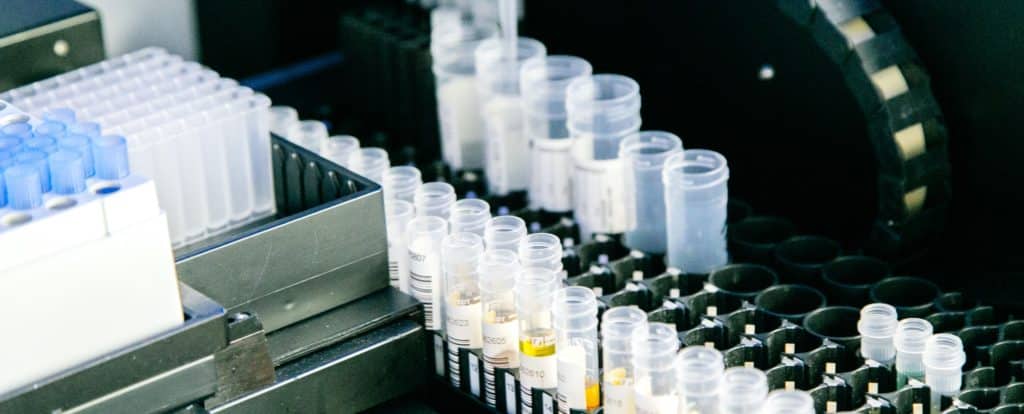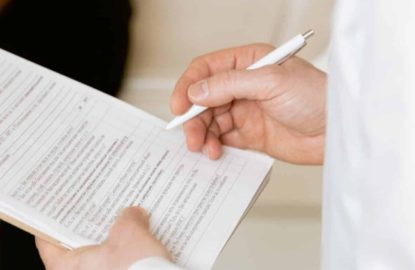
Accurate and reliable testing is essential to maintaining occupational health and safety as well as regulatory compliance. To achieve safety and compliance, observed collections can play a crucial role in ensuring the integrity of the testing process.
This blog will discuss observed collections in drug and alcohol testing. It will explain why they are needed, how they ensure reliable test results, and when they are required.
Understanding Observed Collections in Drug and Alcohol Testing
An observed collection, in the context of drug and alcohol testing, refers to the controlled and supervised process of collecting samples (e.g., urine, blood, breath) from individuals to be tested. The key elements of an observed collection include:
- Supervision: The collection process is conducted under the direct observation and supervision of trained personnel, often called collectors. These collectors ensure that the collection is done correctly and that there is no opportunity for tampering or adulteration.
- Documentation: Detailed records are maintained for each collection, documenting the entire process from start to finish. This includes the time of collection, the collector’s identity, and any deviations or unusual occurrences.
- Chain of Custody: Chain of custody refers to the chronological documentation of the handling, transfer, and storage of the collected sample. This ensures that the sample’s integrity is preserved and that it cannot be tampered with during transportation and analysis.
- Security Measures: Secure and controlled facilities are used for sample collection to prevent unauthorized access and maintain the privacy of the tested individuals.
Why Observed Collections Can Be Necessary
Under appropriate circumstances, observed collections can be essential in drug and alcohol testing for several key reasons:
- Preventing Tampering: One of the primary purposes of observed collections is to deter individuals from tampering with their samples. By maintaining constant supervision, collectors can deter any attempts at adulteration or substitution.
- Ensuring Accuracy: Supervised collections help ensure that samples are collected correctly, reducing the likelihood of contamination or mishandling that could lead to inaccurate test results.
- Maintaining Integrity: The chain of custody ensures that the sample’s integrity is preserved from when it is collected until it is analyzed. This helps support the trustworthiness of the testing process.
- Compliance and Accountability: Observed collections can be required to meet regulatory and legal requirements, ensuring that the testing process complies with industry standards and legal frameworks.
- Trust and Credibility: An observed collection process enhances the credibility of the testing program. It provides assurance to all stakeholders, including employers, employees, and regulatory bodies, that the results are reliable and can be trusted.
The Observed Collection Process
The process of observed collection in drug and alcohol testing typically involves the following steps:
- Identification: The individual to be tested is identified, and their identity is confirmed through photo ID, signature, or biometric methods.
- Supervised Collection: The sample collection is conducted under direct supervision, ensuring that the individual provides a valid sample without tampering.
- Documentation: Detailed records are maintained, including the time of collection, the identity of the collector, and any observed deviations or issues.
- Chain of Custody: The sample is sealed and properly labelled, and is documented on a chain of custody form and then securely transported to the testing laboratory.
Under appropriate circumstances, observed collections in drug and alcohol testing can be vital for ensuring the accuracy, integrity, and reliability of testing results. They provide a safe and secure process that prevents tampering, maintains sample integrity, and complies with regulatory requirements.
When an observed collection would occur:
The circumstances under which an observed collection is required would involve one or more of the following:
- The specimen temperature is outside the acceptable range;
- The specimen shows obvious signs of tampering ~ unusual colour/odour/characteristic;
- The employee attempts to tamper with their specimen at the collection site;
- The collector finds an item in the employee’s pockets or wallet which appears to be brought into the site to contaminate a specimen or the collector notes conduct suggesting tampering;
- The DER/TPA directs the collector (or collection site) to conduct a collection under direct observation.
- The Medical Review Officer (MRO) orders the direct observation because:
- The employee has no legitimate medical reason for certain atypical laboratory results; or
- The employee’s positive or refusal [adulterated/substituted] test result had to be cancelled because the split specimen test could not be performed (for example, the split was not collected).
Additional Facts on Observed Collections
- The observer must be the same gender as the employee but does not have to be a trained collector
- When conducting an observed collection, if the observer finds that the employee possesses or wears a prosthetic or other device that could be used to interfere with the collection process, it is considered a refusal to test. The collection process is ended and no observed collection takes place.
- Employees cannot choose to have a directly observed test (this applies to both DOT and NON-DOT).
- All DOT return-to-duty or follow-up testing is done by observed collection.
- Non-DOT return-to-duty or follow-up testing is NOT done by observed collection.
Reach out to our team at CannAmm today if you have additional questions regarding observed collections.










